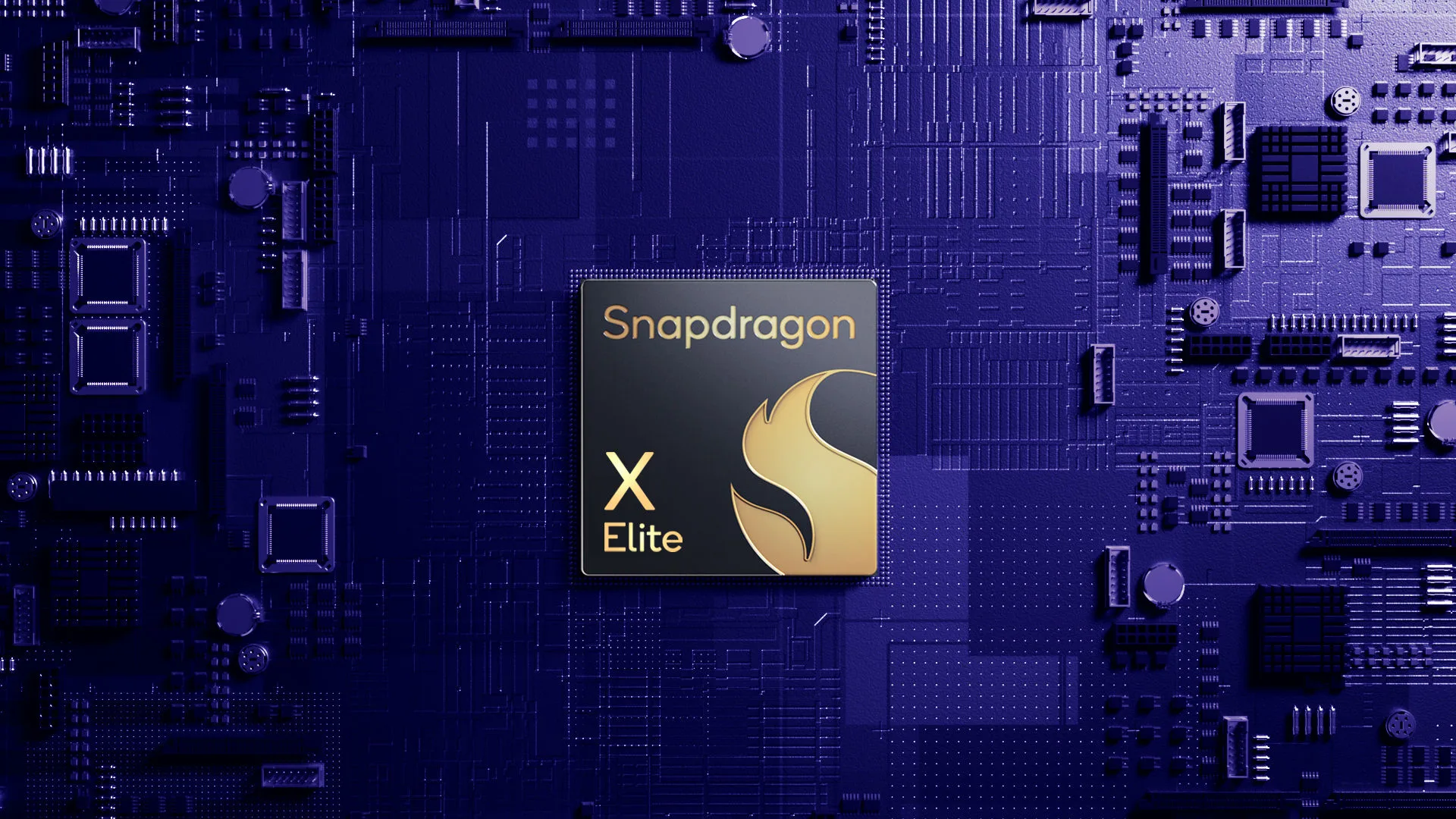
Ever since Apple released its brand-new M4 chipset with the OLED iPad Pro, excitement has been high to compare it with the Qualcomm Snapdragon X Elite. The comparison was inevitable. On May 20, 2024, Microsoft unveiled the Surface Pro 11 and Surface Laptop 7, both featuring the highly-anticipated Qualcomm Snapdragon X Elite processor.
Since then, everyone has been asking: How does the Qualcomm Snapdragon X Elite processor compare to Apple’s M4 chipset? Additionally, there is curiosity about how the new X Elite measures up against the older-generation M3 chipset.

Over the past few months, there has been a lot of buzz about the powerful specs of this new AI CPU. Now, a series of early benchmark results have started appearing on Geekbench, and the figures are quite intriguing.
The Geekbench website showcases the early Qualcomm Snapdragon X Elite benchmarks. While the scores vary slightly, as is typical for these benchmarks, a clear pattern emerges. The Single-core scores range from approximately 2,200 to 2,800, while the Multi-core scores, depending on the number of cores, are around the 14,000-point mark.
For a fair comparison between the new X Elite and the older Apple M3, the M3 MacBook Pro is the ideal machine to consider. Impressively, the M3 Pro MacBook Pro achieves a 3,000 Single-core score and a 15,000 Multi-core score, courtesy of its 12-core architecture. These figures clearly show that the M3 outperforms the Snapdragon X Elite in single-core tests, while the multi-core results confirm Apple’s continued dominance. Reports also suggest that the Qualcomm Snapdragon X Elite runs hotter than the Apple M3.
Regarding Apple’s M4 chipset, it comes in two variations with either 9 or 10 cores, depending on the iPad Pro model. This makes a direct comparison challenging. According to Geekbench results, an M4 processor with 10 cores can easily achieve a Single-core score of 3,700 and a Multi-core score of up to 14,500. The nine-core model scores in the mid-13,000 range. Given that laptops have better cooling mechanisms, these scores are likely to improve when the M4 is integrated into a MacBook.
While the figures suggest that Apple might have an edge, this isn’t bad news for PC fans. The early Qualcomm Snapdragon X Elite benchmarks are impressive in their own right. Microsoft and Qualcomm are positioning the new Qualcomm chips towards AI workflows, which is likely to become a key battleground in the future. Apple has its Neural Engine, and AI computing is set to be a significant focus for both chip and computer makers moving forward.
We can certainly expect Apple’s M4 Pro and M4 Max to be even more powerful than the Snapdragon X Elite chips. The bottom line? Apple Silicon chips are poised to remain highly powerful in the long run.




